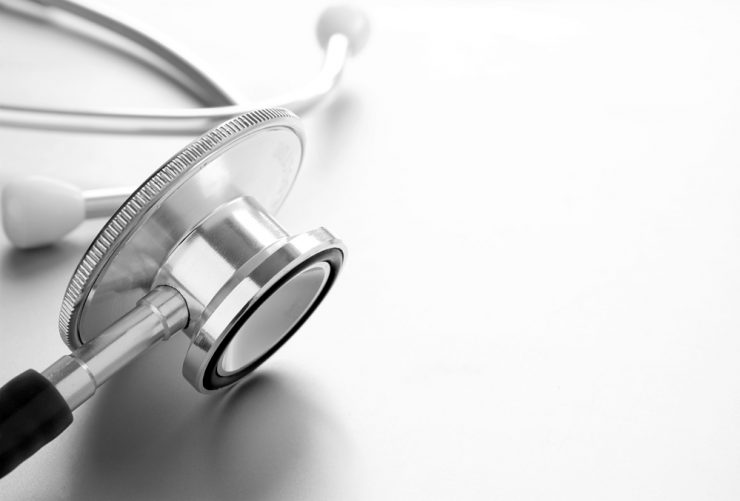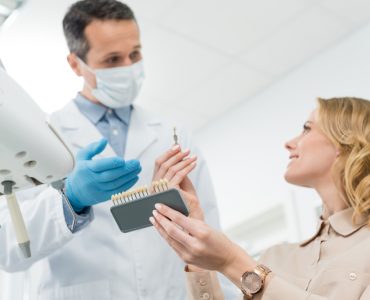Swollen and enlarged blood vessels in and around the back passage and lower rectum are known as piles. Increase in pressure inside the blood vessels cause swelling up and formation of small lumps. Straining may cause an increase in pressure inside the blood vessels. Piles start with an itchy feeling and may lead to pain and bleeding. Such a condition is not very serious and can be treated effectively. Piles is common in elderly people and during pregnancy but can affect people of any age group.
Types of piles (haemorrhoids)
They vary in size and may occur externally or internally.
Internal haemorrhoids
These develop in the back passage and 2 to4 cm above the rim of the anus.They are classified into 4 types
-Grade one: These cannot be seen and develop as small swellings inside the lining of the anus.They enlarge to grade two in some cases.
-Grade two: They are of larger size and appear within the anus.
-Grade three: They appear outside the anus and can be felt as one or more lumps hanging out.
-Grade four: They are quite large and remain outside the anus permanently.
External haemorrhoids
These develop as small lumps on the outside edge of the anus.They can cause lot of pain and should be immediately treated. These are also known as perianal haematoma.
Symptoms of haemorrhoids
The common symptoms of haemorrhoids are as follows
– discomfort around your anus
-itchiness around the anus
-pain while passing stool
-bleeding
-excessive straining when passing stool
– feeling like your bowels are still full and need emptying
Some people may get hard lumps around the anus.They can be very painful and are made with blood clots.
Causes of haemorrhoids
Haemorrhoids are caused because of increase in pressure inside the blood vessels of anus and rectum. Other factors that can cause haemorrhoids are
– being constipated on a regular basis
-being overweight
-regularly lifting heavy objects
-prolonged diarrhoea
– pregnancy
-if you are above 50 years
Treating haemorrhoids
Usually no treatment is required as haemorrhoids settle down after a while. If the symptoms are troublesome, a number of treatments can help in providing relief. Generally these treatments aim to reduce itching and discomfort.
Dietary changes
If constipation causes haemorrhoids, a change in diet can help. Drinking lot of water and increasing the intake of fibre in the diet can help a person to avoid straining while on toilet.
Self care
Sitting in a bath of warm water can reduce pain and itchiness caused by haemorrhoids. Cold compresses like ice packs can reduce swelling and pain.
Creams, ointments and suppositories
Creams and medicines can be used to sooth any inflammation caused around the anus.These should not be used more than 5 to 7 days at a time. A longer use might cause irritation in the skin around the anus.Creams that are generally prescribed to relieve irritation are
-peru balsam
-bismuth oxide
-zinc oxide
-witch-hazel
-bismuth subgallate
Banding
Grade two and three internal haemorrhoids are treated using this method
Injections
This treatment is used as an alternative to banding
Infrared coagulation
This is done by burning the tissue of haemorrhoid.
Surgery
Grade four or very large haemorrhoids are treated by surgery.












